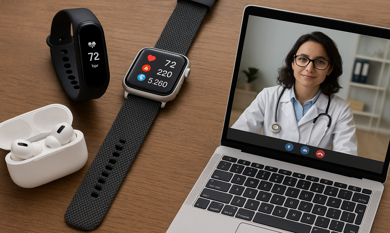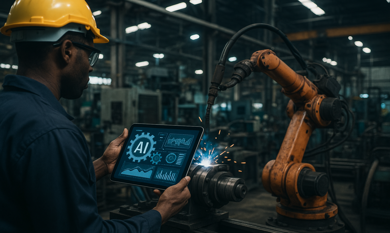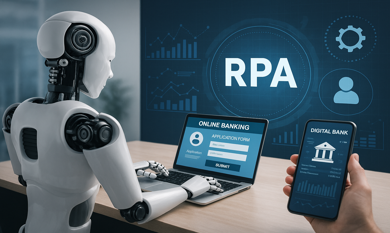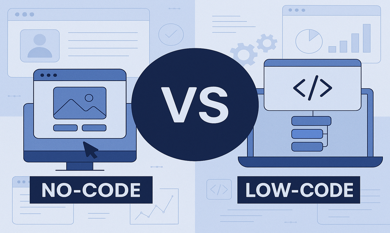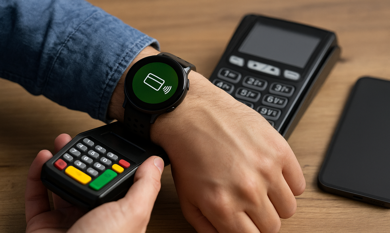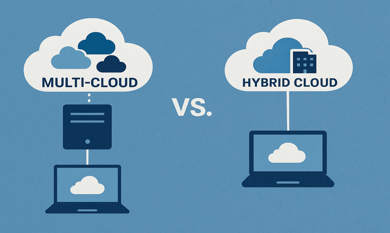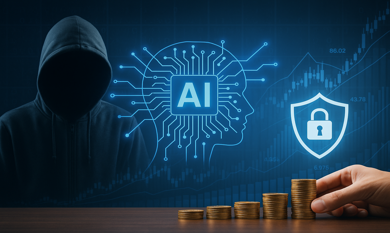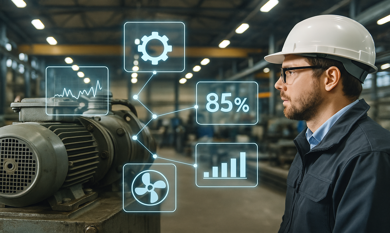Industrial kitchens are among the most demanding environments for air quality and safety. From heat and grease buildup to unpredictable airflow patterns, traditional ventilation systems often fail to adapt in real time. This can lead to inconsistent air quality, higher energy bills, and health risks for employees.
According to the U.S. Department of Energy, commercial kitchens consume up to five times more energy per square foot than other facilities, with ventilation being a major contributor. As energy costs rise and regulations tighten, operators are turning to smarter solutions.
AI-powered ventilation is emerging as a transformative approach. By combining real-time data with machine learning, these systems adapt automatically to changing conditions—improving air quality while lowering costs.
Why Traditional Ventilation Falls Short
Most systems rely on manual controls or fixed schedules that don’t consider dynamic variables like occupancy or cooking load.
Common problems include:
- Over-ventilation during low-activity periods, wasting energy.
- Poor air quality when airflow doesn’t adjust to peak cooking.
- Frequent maintenance issues and noise pollution.
These challenges drive up costs, reduce worker comfort, and can lead to regulatory non-compliance.
How AI-Powered Ventilation Works

AI-powered ventilation combines IoT sensors, cloud processing, and predictive algorithms to optimize airflow.
How it functions:
- Sensors measure temperature, humidity, smoke, and occupancy in real time.
- AI models forecast ventilation needs, adjusting fan speeds automatically.
- Dashboards alert staff to any issues or maintenance needs.
When you work with an experienced AI app development company in Dallas, you can customize these systems to your kitchen’s unique requirements and integrate them with existing infrastructure.
Real-World Example: McDonald’s Smart Kitchen
McDonald’s has invested in intelligent ventilation across several markets. Smart systems have:
- Reduced energy usage by up to 20%.
- Improved employee safety and comfort.
- Lowered equipment downtime with predictive maintenance.
Case Study: Chick-fil-A Smart Ventilation
Chick-fil-A, a leading fast-food restaurant chain, has implemented AI-powered ventilation in new and remodeled locations. Their intelligent systems automatically adjust airflow based on real-time cooking activity and weather data.
Results achieved:
- HVAC energy use reduced by 25%.
- Extended lifespan of kitchen equipment.
- Improved air quality and employee satisfaction.
Reference: Chick-fil-A Sustainability
This success illustrates the measurable benefits of AI solutions for industrial kitchens.
Benefits of AI-Powered Ventilation
1. Energy Efficiency
AI optimizes fan speeds to reduce unnecessary energy consumption.
2. Consistent Air Quality
Sensors detect contaminants and adjust ventilation instantly.
3. Predictive Maintenance
Systems identify wear patterns to prevent costly breakdowns.
4. Compliance
Automatic logging supports regulatory requirements effortlessly.
5. Lower Noise Levels
Variable-speed controls keep kitchens quieter during low activity.
Implementation Considerations
Moving to AI-powered ventilation requires expertise and planning:
- Assessment: Evaluate current systems and identify performance gaps.
- Solution Design: Work with a custom AI development services Dallas provider to create tailored models.
- Integration: Deploy IoT sensors and connect them to building management platforms.
- User Training: Ensure staff can monitor and control systems confidently.
By partnering with a team specializing in AI software development services Dallas, you can accelerate deployment and ensure secure, scalable solutions.
Why AI for Ventilation Systems Now?
Several trends make adoption timely:
- Rising Energy Costs: Utilities are more expensive each year.
- Regulatory Pressure: New air quality standards are more demanding.
- ESG Commitments: Companies must demonstrate sustainability initiatives.
- Labor Expectations: Employees expect safer, healthier workplaces.
A 2024 McKinsey report noted that over 40% of food service businesses plan to invest in AI ventilation within the next three years.
Building the Right Solution
Developing a high-performing system requires capabilities in:
- Machine learning and predictive modeling.
- IoT integration.
- User-centric software design.
An experienced partner ensures your solution fits your needs today and scales as you grow.
Conclusion
AI-powered ventilation is revolutionizing industrial kitchens by delivering dynamic control, predictive maintenance, and energy efficiency. Companies like McDonald’s and Chick-fil-A are proof that these solutions work at scale.
By collaborating with Theta Technolabs, you gain access to a team that designs and delivers advanced platforms. Our expertise in Web, Mobile and Cloud ensures your system is secure, reliable, and built for the future.
Ready to Upgrade Your Kitchen Ventilation?
Contact Theta Technolabs today.
Discover how AI can help you:
- Lower energy costs.
- Improve air quality.
- Enhance operational efficiency.






















_Choosing%20the%20Right%20App%20Development%20Company_%20A%20Comprehensive%20Guide_Q1_24.jpg)
_Chatbots%20for%20Event%20Management%20and%20Hospitality%20Services_Q1_24.jpg)
_Best%20iOS%20App%20Development%20Company_%20Enhancing%20User%20Engagement%20with%20Push%20Notifications_Q2_24.jpg)
_Key%20Trends%20in%20Healthcare%20Software%20Development%20for%20the%20Future_Q2_24.jpg)
_How%20much%20does%20it%20cost%20to%20create%20an%20android%20app%20in%202024%20for%20Startups_%20A%20detailed%20guide_Q2_24.jpg)
_Integrating%20Chatbots%20Into%20Your%20Application.jpg)


_Enhancing%20Driver%20Safety%20and%20Compliance%20with%20Web%20Apps%20in%20the%20Logistics%20Sector_Q3_24.jpg)
_Web%20Apps%20for%20Retail%20and%20eCommerce_%20Streamlining%20Operations%20and%20Reducing%20Costs_Q3_24.jpg)
_How%20AI%20is%20Enhancing%20Construction%20Site%20Surveillance%20and%20Security%20in%20Dallas_Q3_24-1.jpg)
_The%20Impact%20of%20Cross-Platform%20Apps%20on%20Real%20Estate%20Market%20Trends%20in%20Dallas_Q3_24-1.jpg)
_Streamlining%20Appointment%20Scheduling%20with%20Cloud%20Computing%20in%20Dallas%20Healthcare_Q4_25.jpg)
_How%20Cloud%20Solutions%20Are%20Enhancing%20Remote%20Patient%20Monitoring%20in%20Healthcare_Q4_25.jpg)










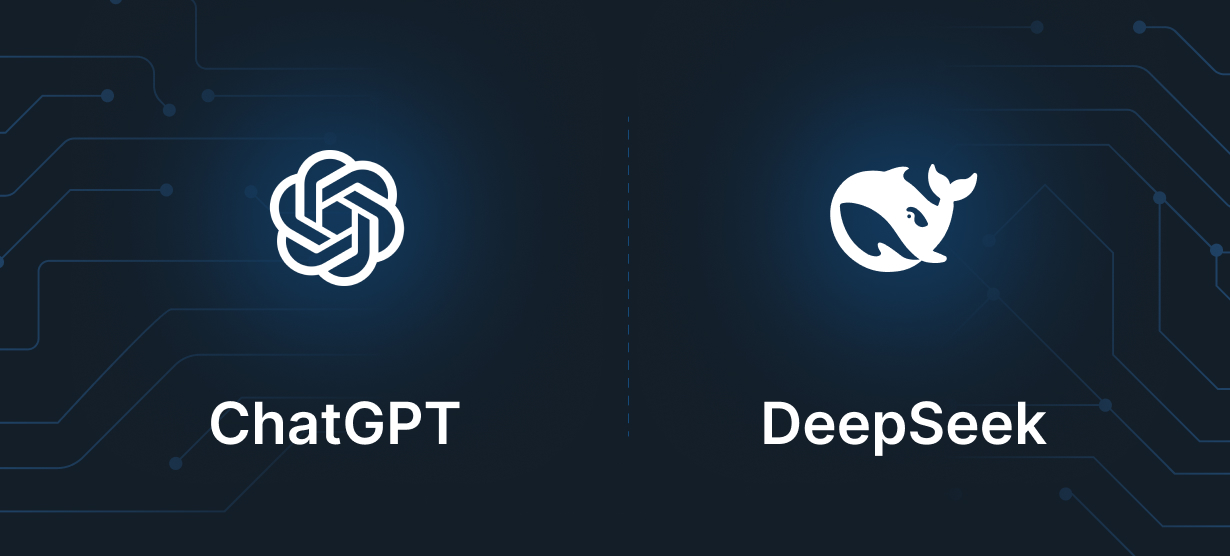




















.png)


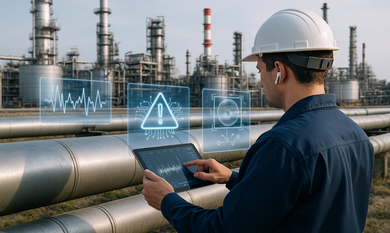
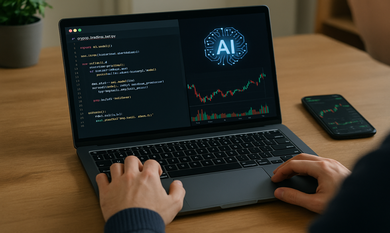
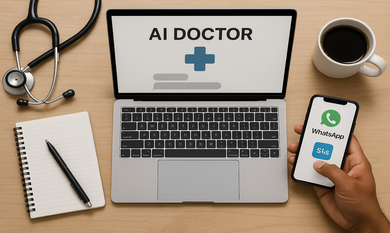
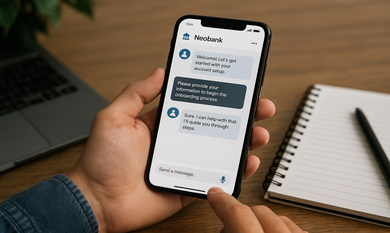
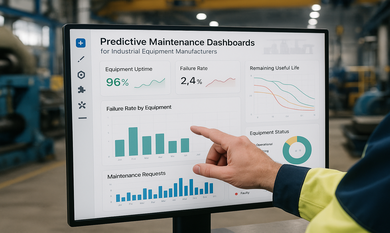
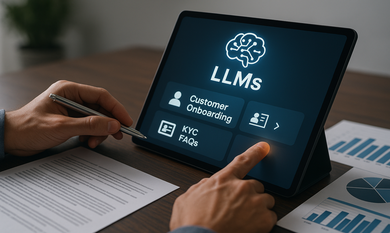

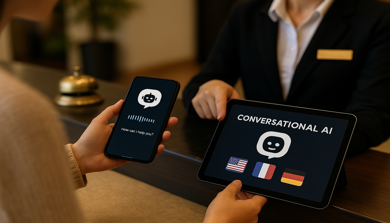
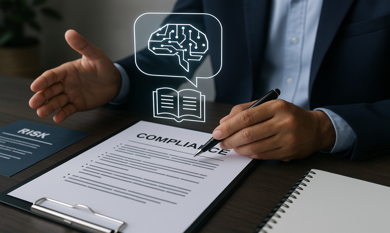

.png)

.png)
.png)
.png)
.png)


.png)
.png)
.png)
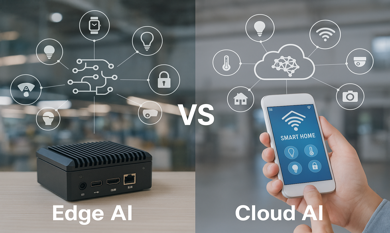
.png)



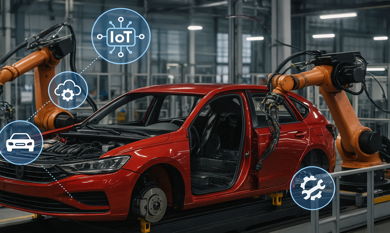

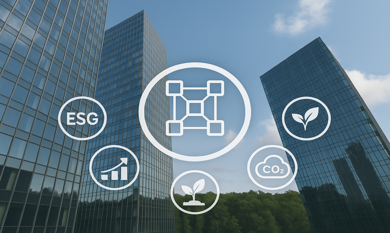
.png)
.png)

